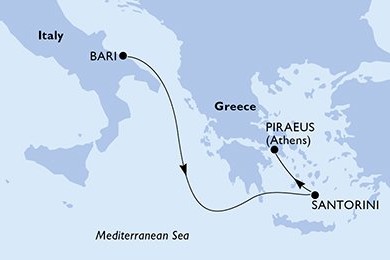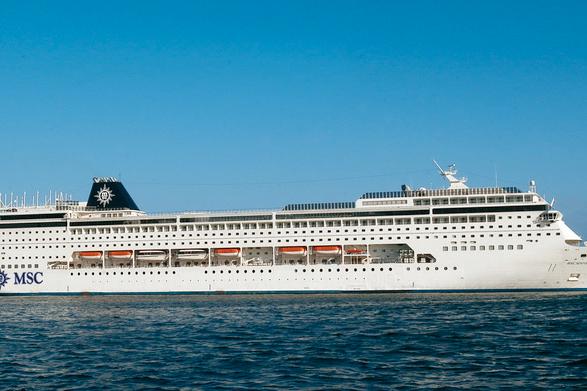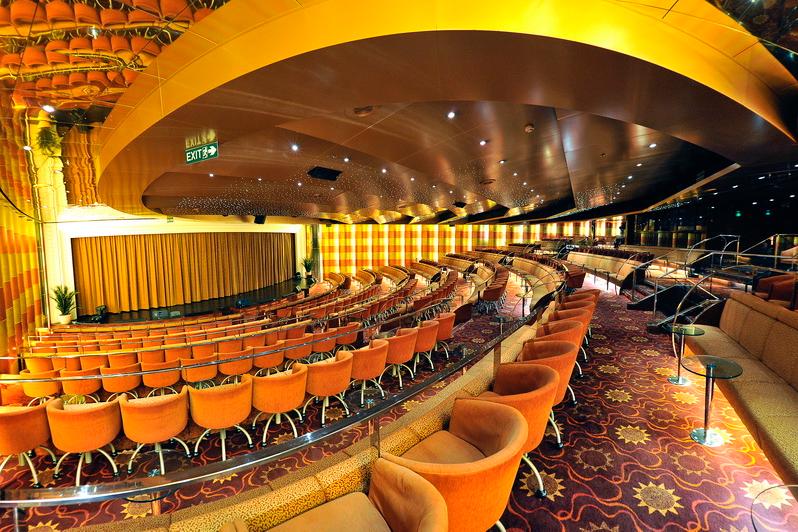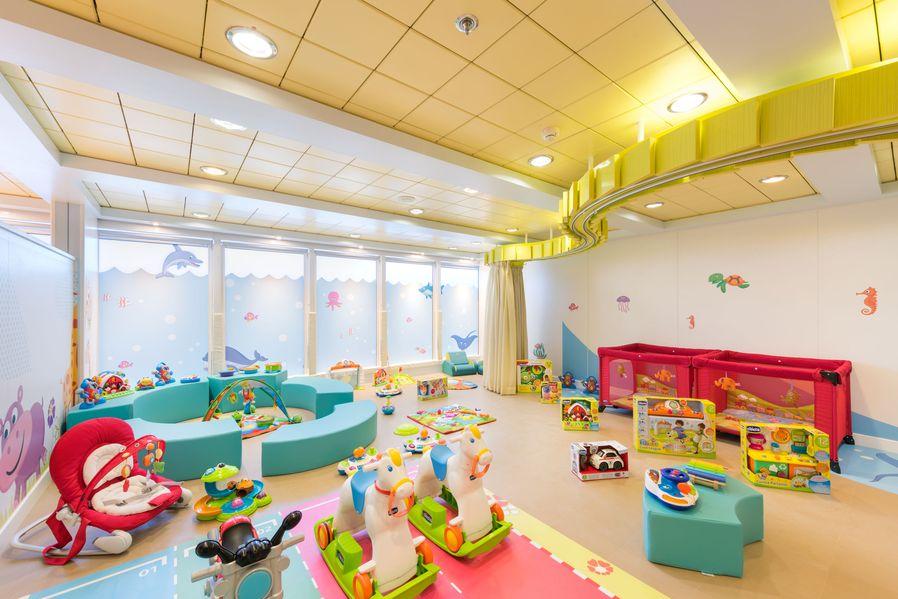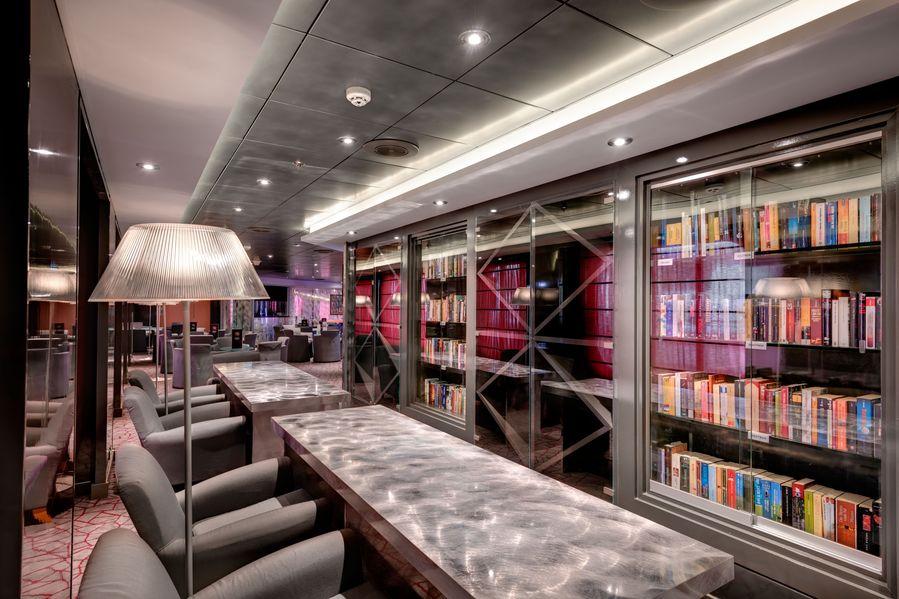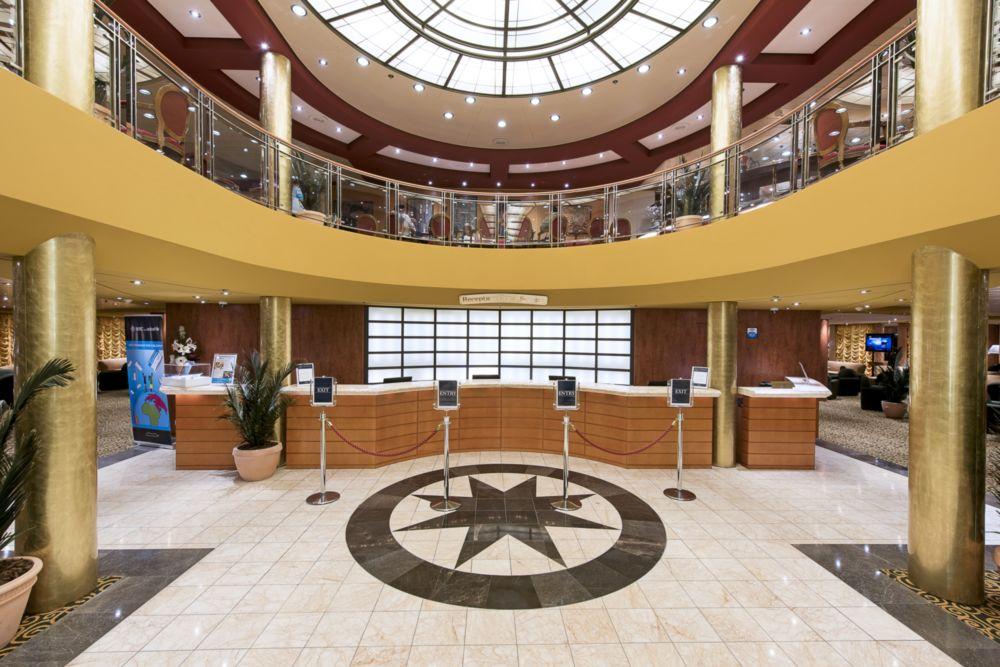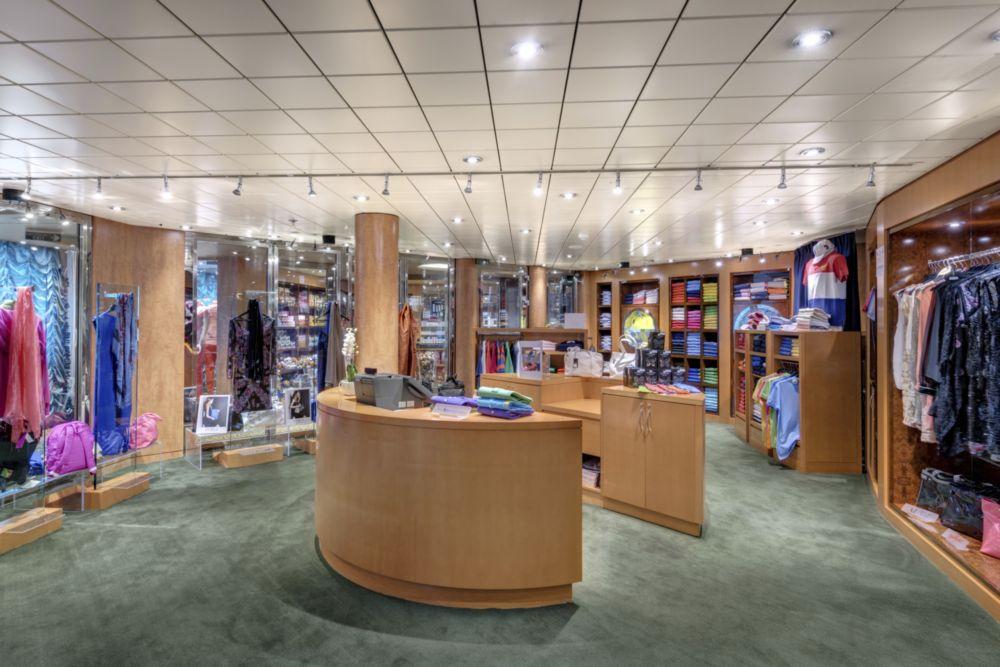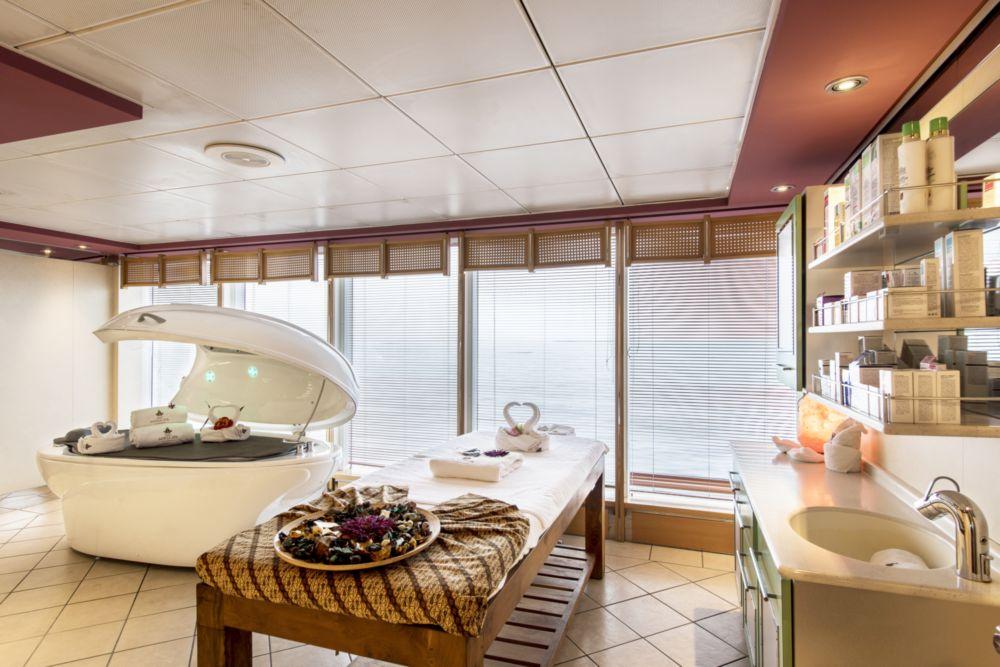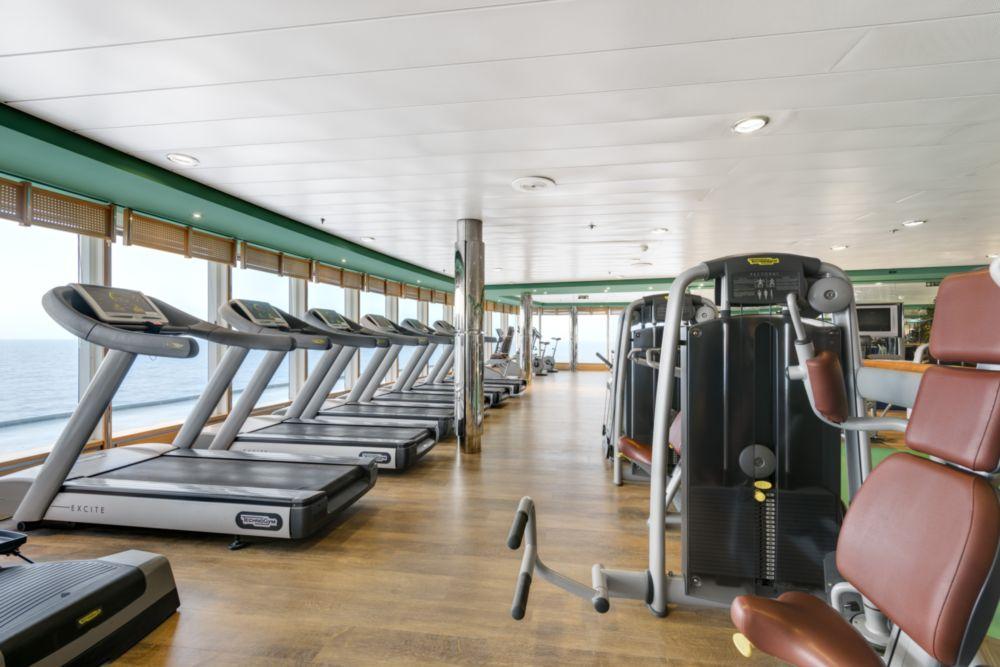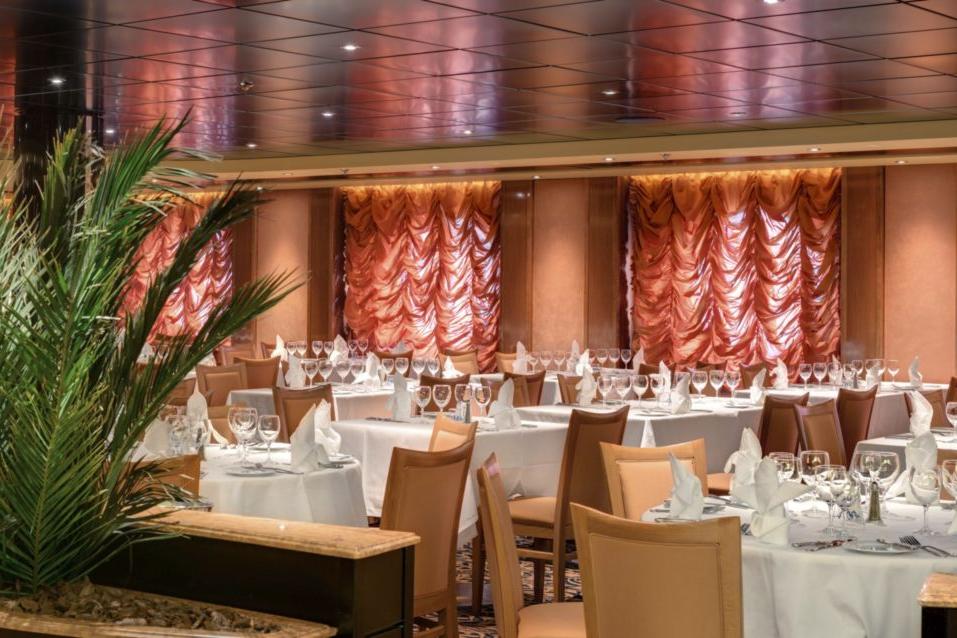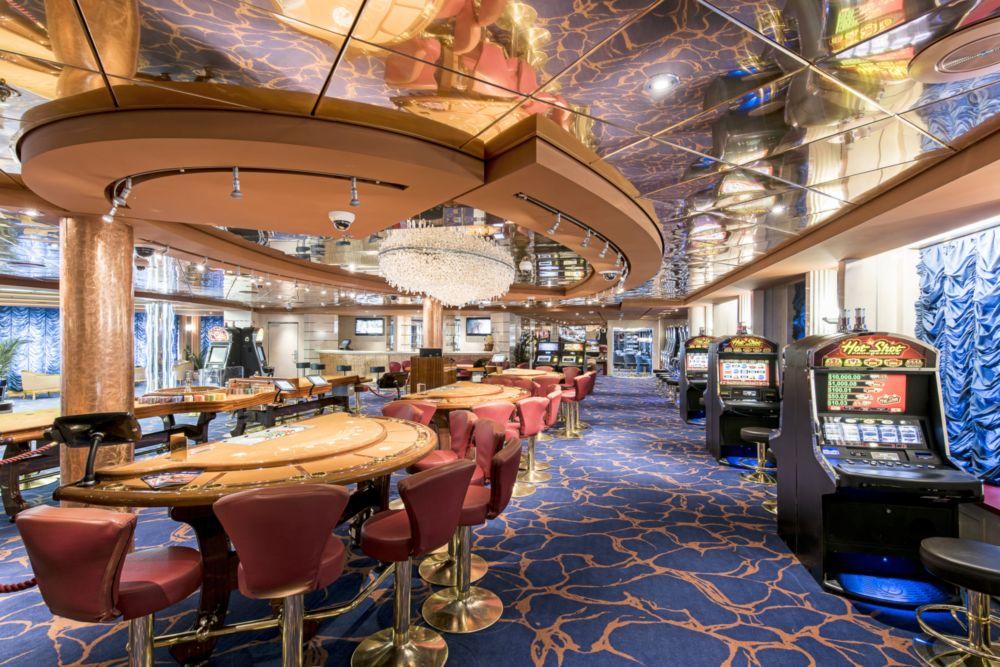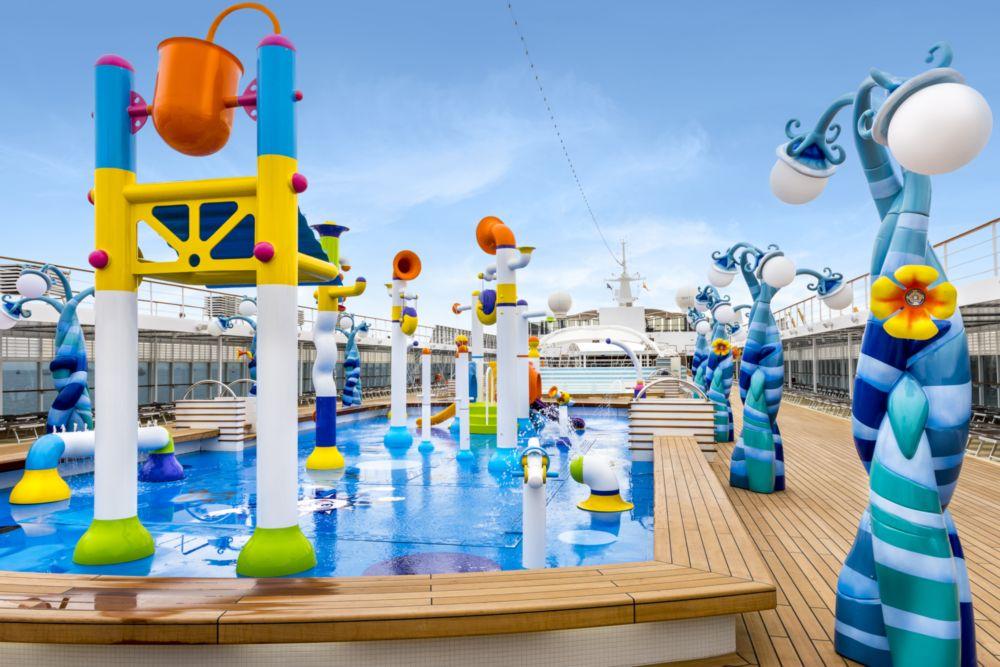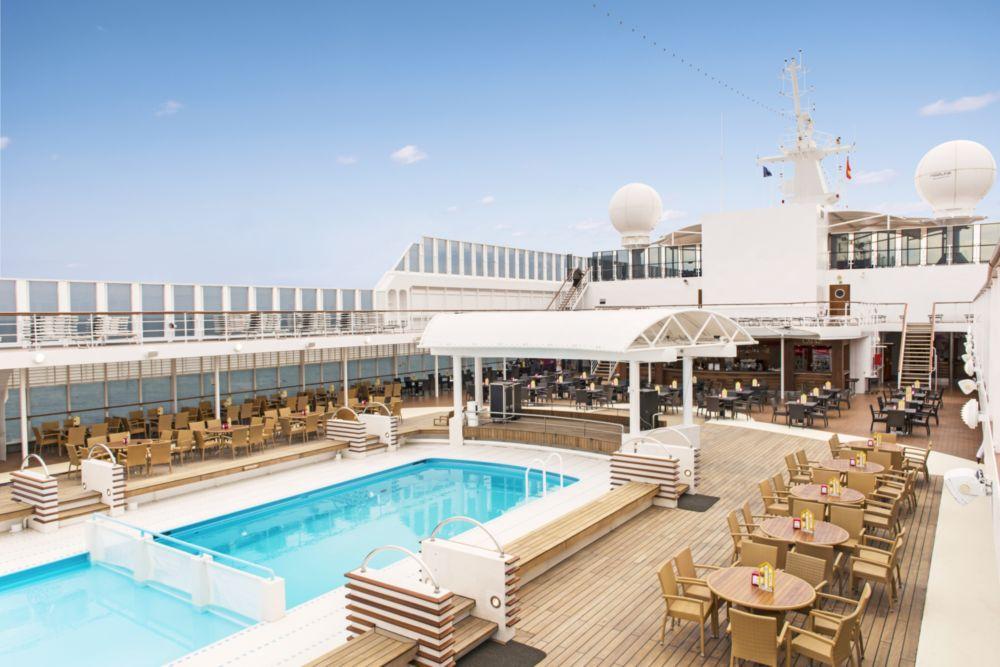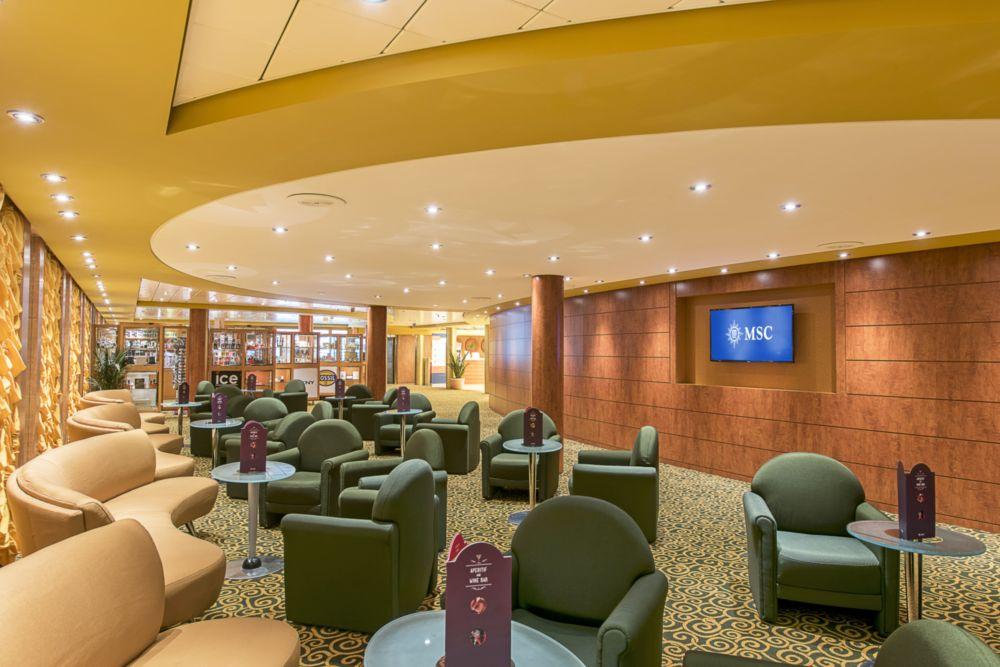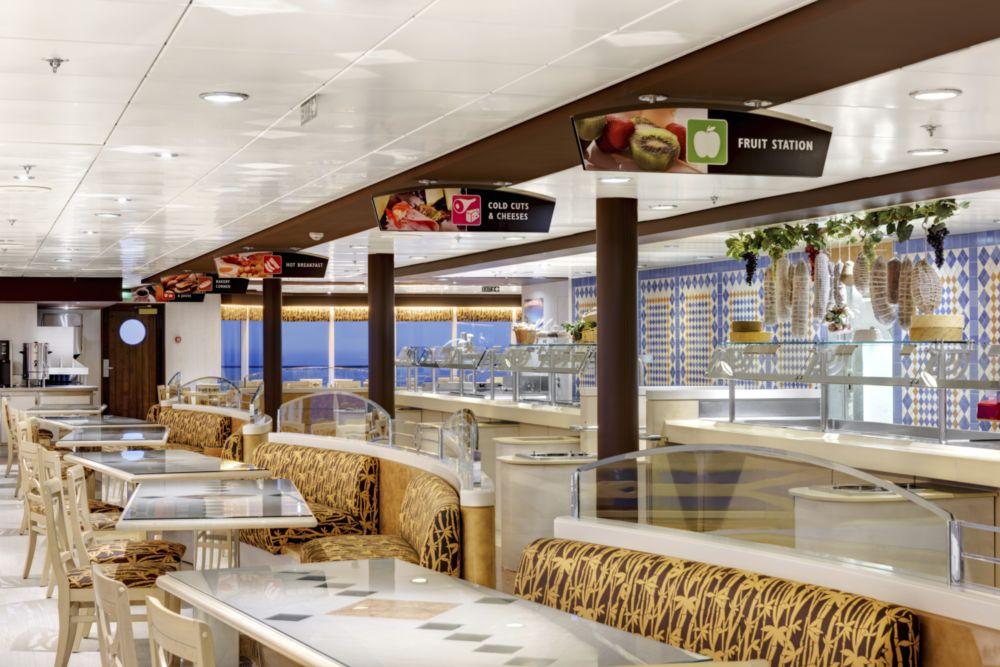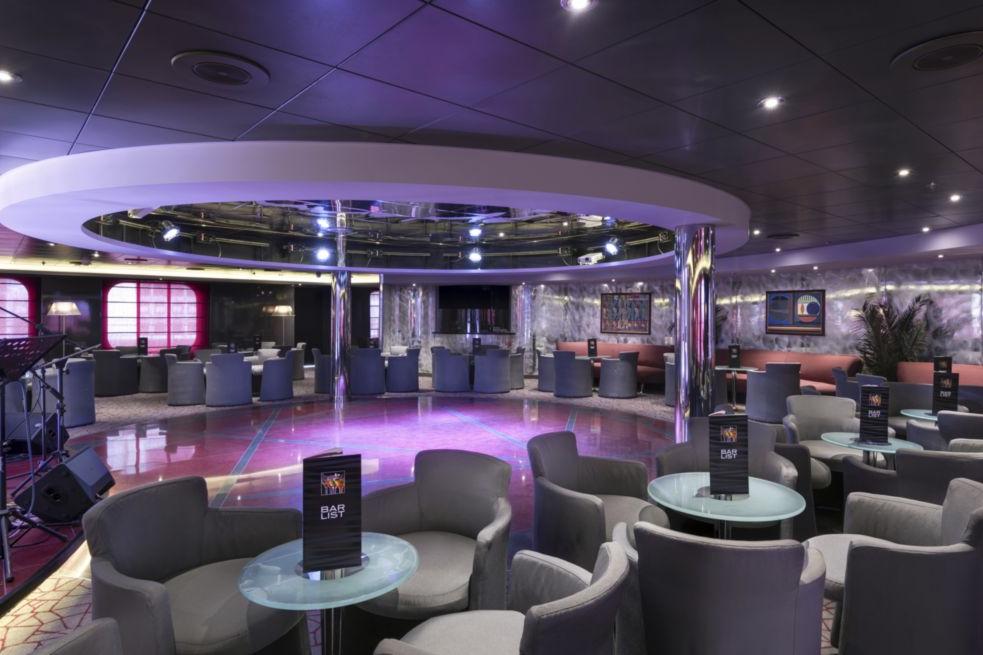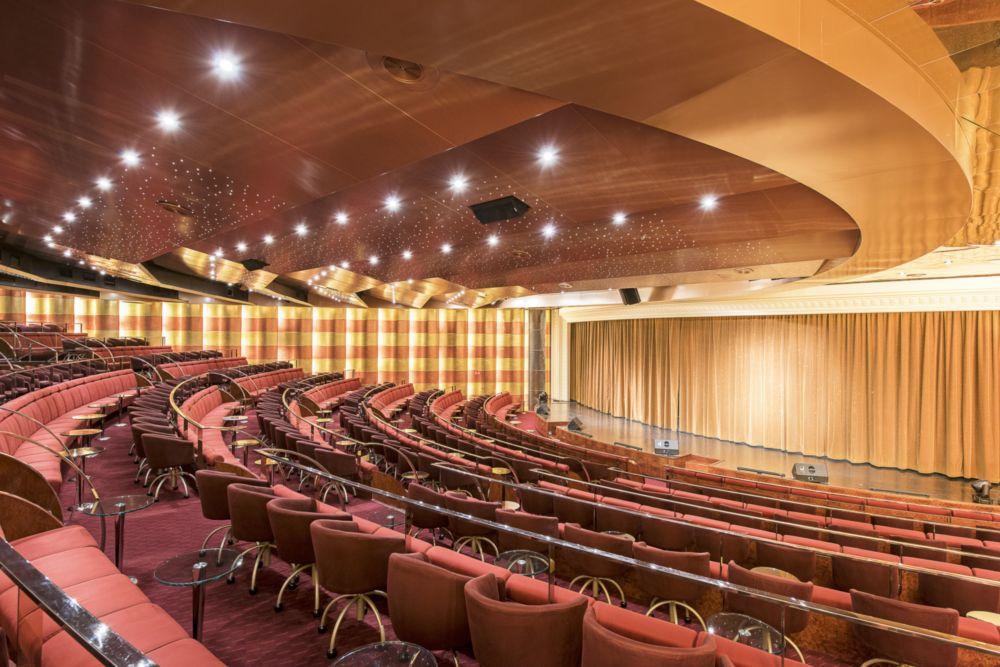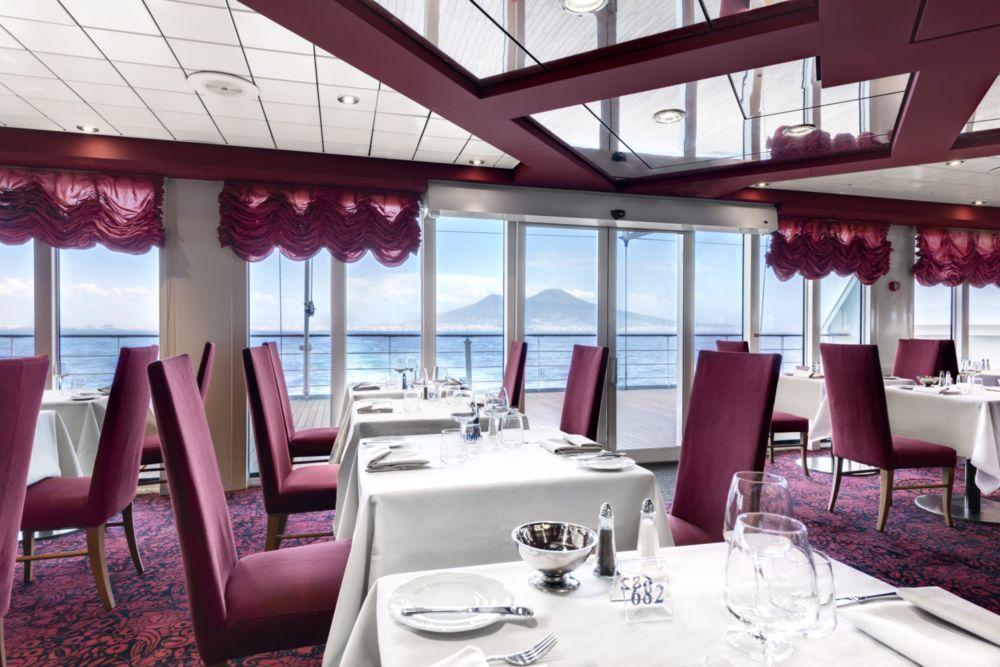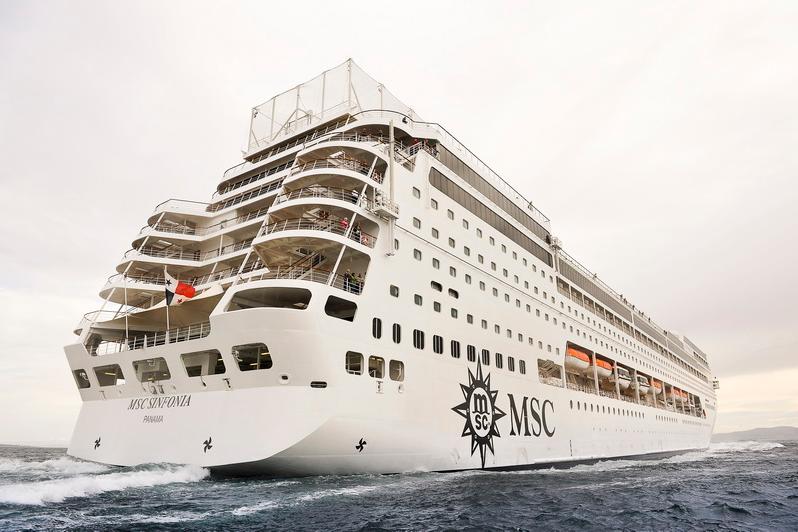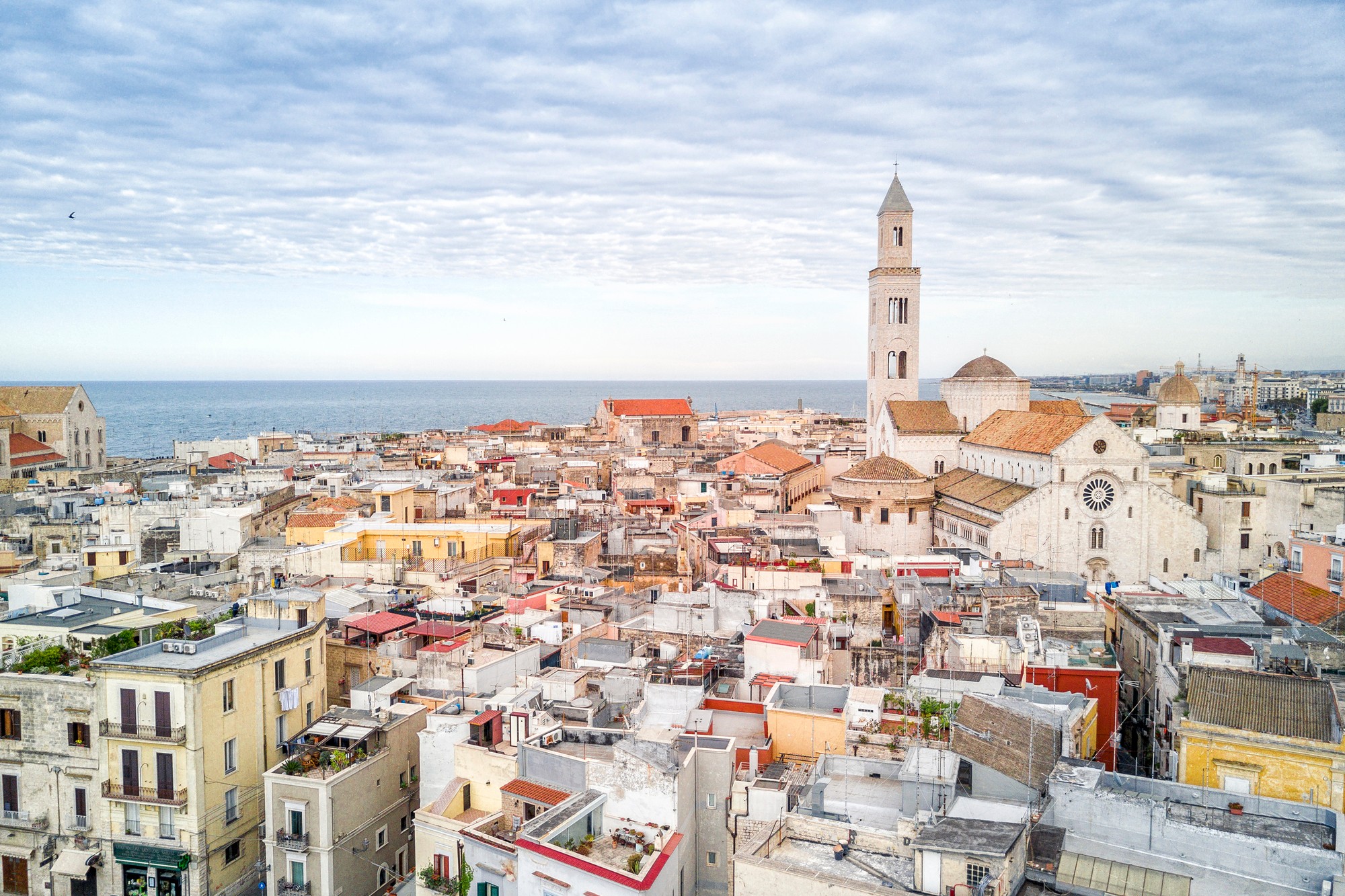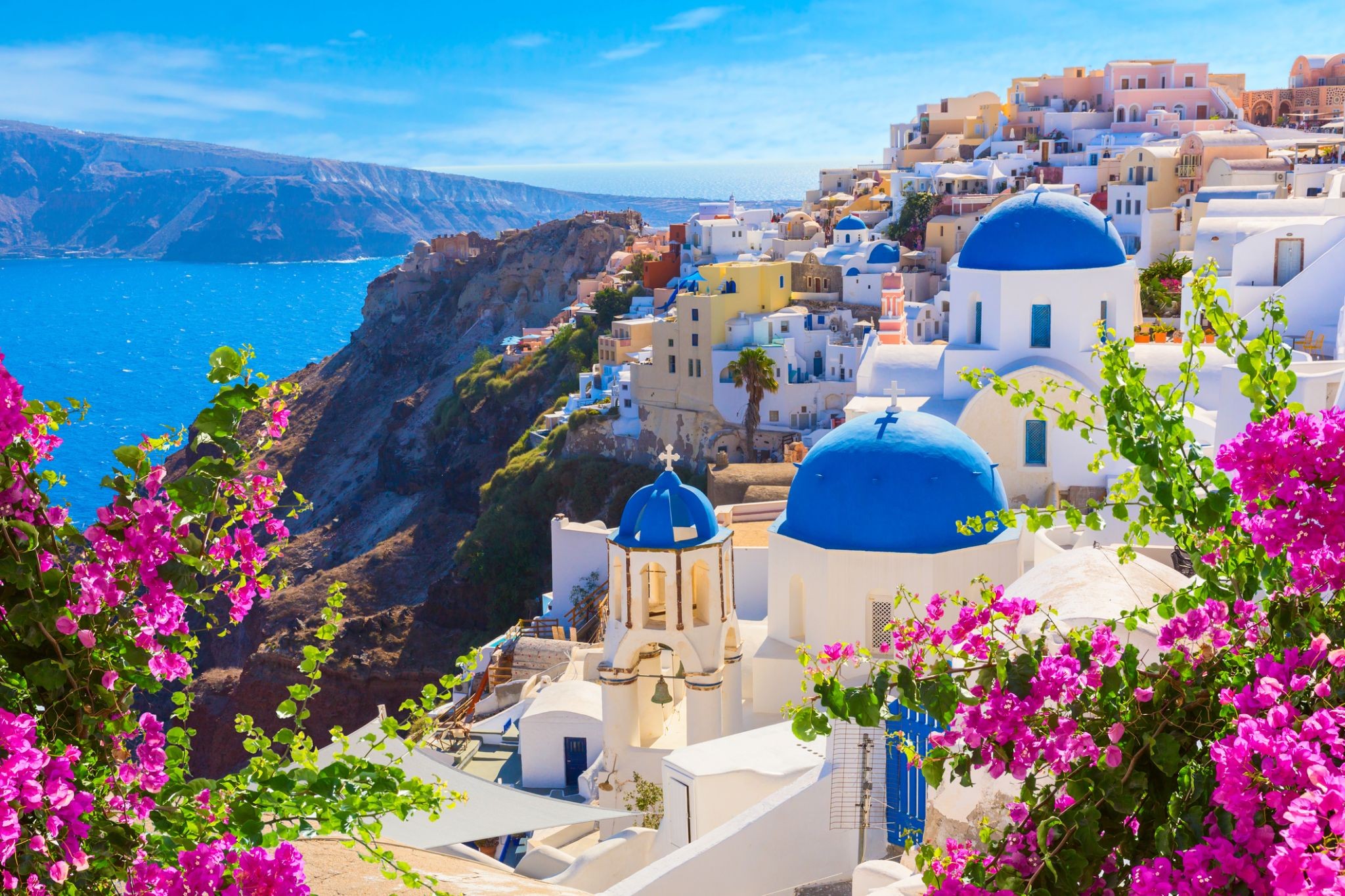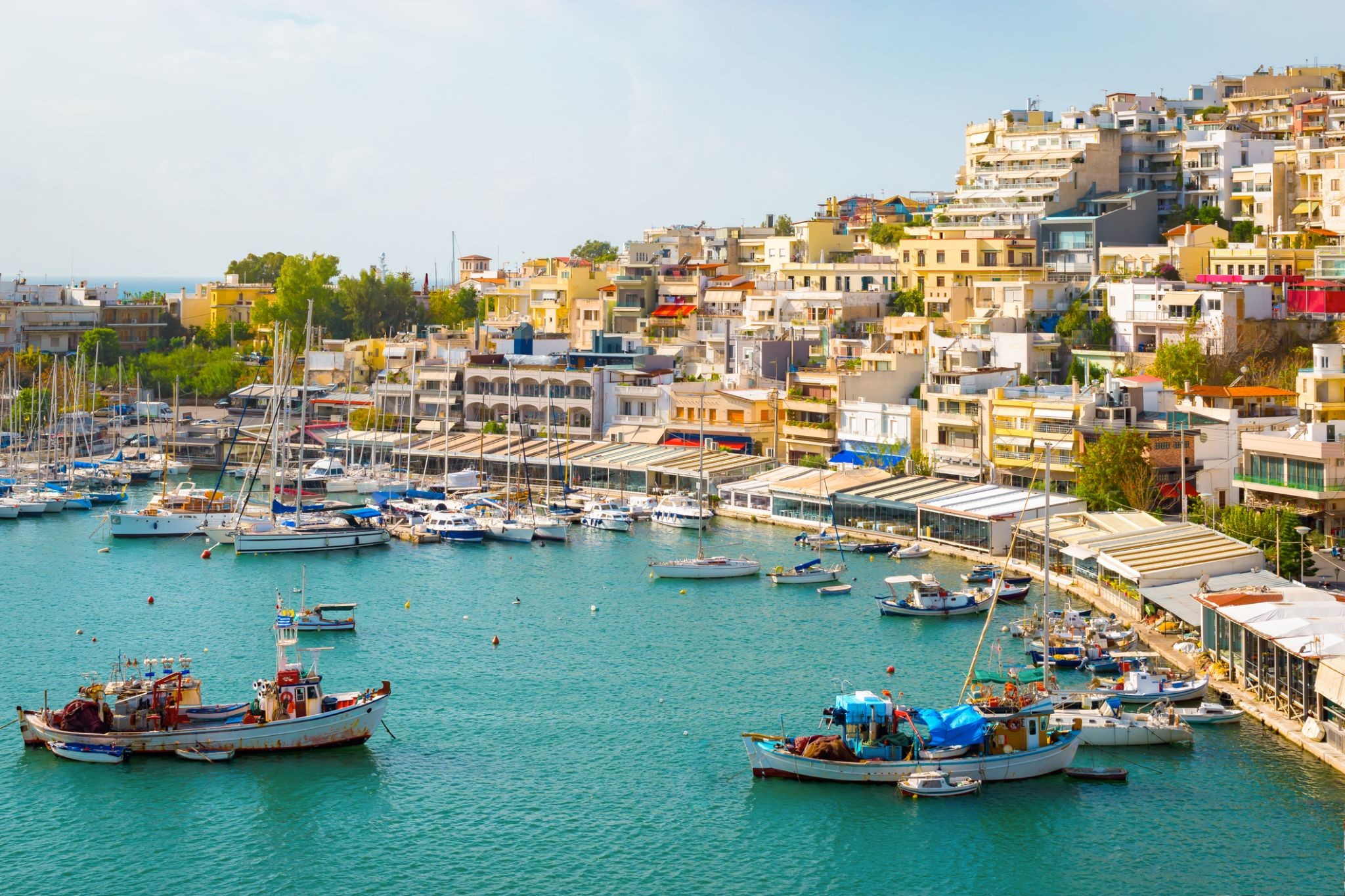Rejs 30 938 382
Niestety ten rejs jest chwilowo niedostępny.
3 noce Włochy, Grecja
| Region rejsu : Morze Śródziemne, Europa |
| Firma : MSC Cruises |
| Statek : MSC Sinfonia |
| Data rozpoczęcia : sob. 03 maj 2025 |
| Data zakończenia : wt. 06 maj 2025 |
| Liczba nocy : 3 nocy |
Harmonogram
| Dzień | Data | Port | Wypłynięcie | Odpłynięcie |
|---|---|---|---|---|
| 1 | 3.05 sob. | Bari / Włochy | 19:00 | |
| 2 | 4.05 niedz. | Dzień na morzu / Morze | ||
| 3 | 5.05 pon. | Santorini, Cyklady / Grecja | 08:00 | 18:00 |
| 4 | 6.05 wt. | Pireus (Ateny) / Grecja | 06:00 |
- zakwaterowanie w kabinie wybranej kategorii;
- wyżywienie - 3 główne posiłki, przekąski między posiłkami;
- napoje serwowane do śniadania i w bufetach samoobsługowych;
- napiwki dla obsługi (kwota zależy od długości rejsu);
- serwis bagażowy podczas wejścia i zejścia ze statku;
- serwis kabinowy;
- korzystanie ze wszystkich urządzeń sportowo - rekreacyjnych znajdujących się na pokładzie statku (basen, jacuzzi, sala fitness, itp.);
- udział we wszystkich imprezach organizowanych na statku (przedstawienia w teatrze, koncerty, programy animacyjne itp.);
- opłaty portowe.
Koszty dodatkowe:
- ubezpieczenie (ubezpieczenie medyczne, ubezpieczenie od odwołania podróży)
- bilet lotniczy, transport kolejowy (koszty transportu do portu wyjścia i z portu przybycia statku)
- transfery (z lotniska/dworca kolejowego do portu morskiego i z powrotem)
- wycieczki
- rezerwacje hotelowe przed i po rejsie, jeśli chcesz przedłużyć swoje wakacje na lądzie.
Dodatkowo płatne na statku:
- odwiedzanie alternatywnych barów i restauracji
- usługi ośrodków SPA, fryzjerów, salonów kosmetycznych
- Usługi medyczne
- pranie, prasowanie
- kasyno
- automaty do gry itp. w zależności od konkretnego modelu.
Za każdy zakup towarów w barach, restauracjach, sklepach i punktach usługowych, takich jak SPA, fryzjer itp. pobierana jest dodatkowa opłata za obsługę, której średnia wysokość wynosi 15% ceny zakupu.
Warunki kary:
- Ponad 60 dni przed wyjazdem: 50 euro za osobę
- od 59 do 30 dni: 30%
- od 29 do 22 dni: 50%
- od 21 do 15 dni: 70%
- 14 dni lub mniej przed wyjazdem: 100%
-
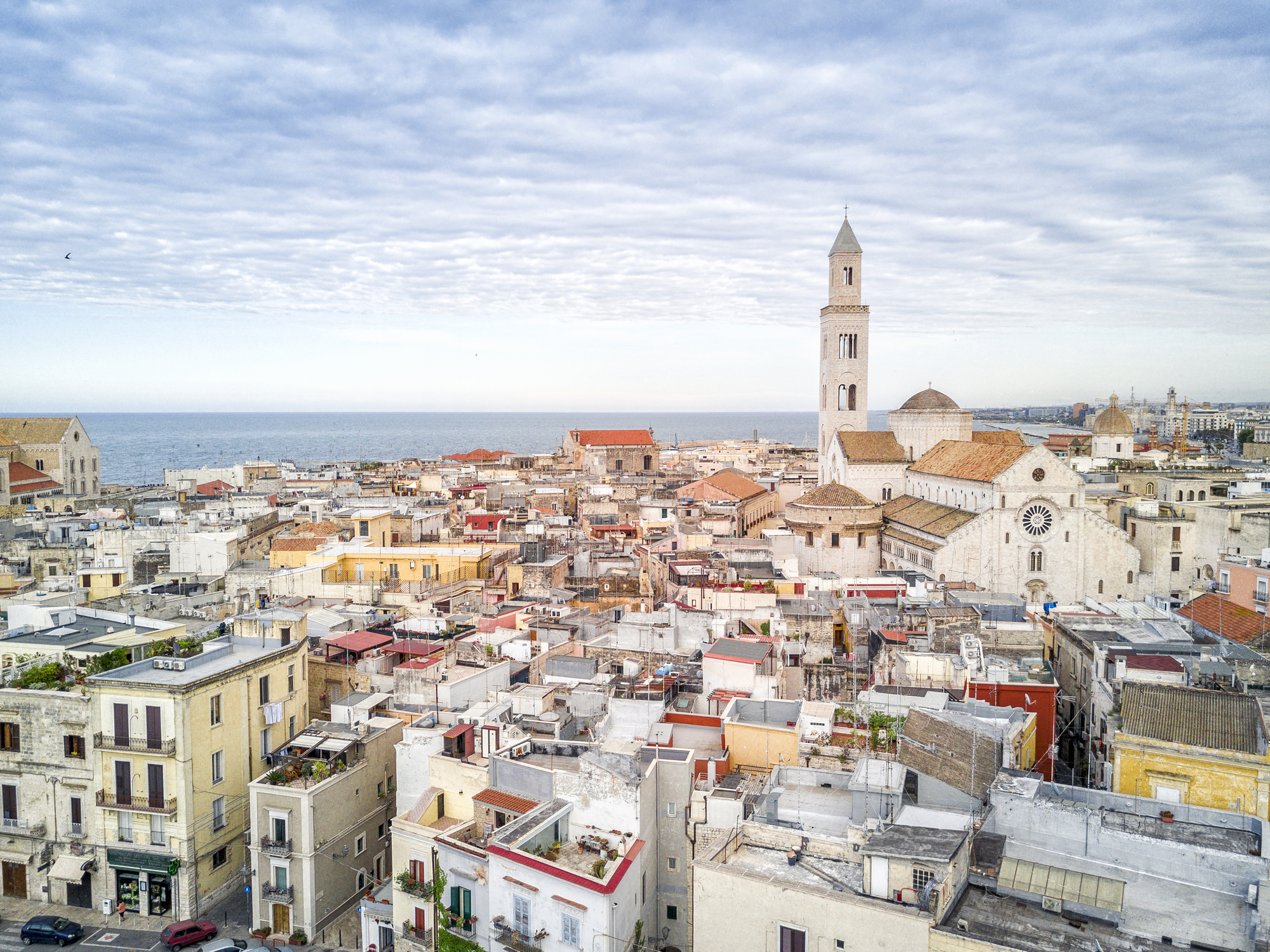 Dzień 1: 19:00
Dzień 1: 19:00Bari / Włochy
Bari is the capital city of the Metropolitan City of Bari and of the Apulia region, on the Adriatic Sea, in southern Italy. It is the second most important economic centre of mainland Southern Italy after Naples and Palermo, a port and universitycity, as well as the city of Saint Nicholas. The city itself has a population of 326,799, as of 2015, over 116 square kilometres (45 sq mi), while the urban area has 700,000 inhabitants. The metropolitan area has 1.3 million inhabitants.
Bari is made up of four different urban sections. To the north is the closely built old town on the peninsula between two modern harbours, with the Basilica of Saint Nicholas, the Cathedral of San Sabino (1035–1171) and the Hohenstaufen Castle built for Frederick II, which is now also a major nightlife district. To the south is the Murat quarter (erected by Joachim Murat), the modern heart of the city, which is laid out on a rectangular grid-plan with a promenade on the sea and the major shopping district (the via Sparano and via Argiro).
Modern residential zones surrounding the centre of Bari were built during the 1960s and 1970s replacing the old suburbs that had developed along roads splaying outwards from gates in the city walls. In addition, the outer suburbs developed rapidly during the 1990s. The city has a redeveloped airport named after Pope John Paul II, Karol Wojtyła Airport, with connections to several European cities.
-
 Dzień 2:
Dzień 2:Dzień na morzu / Morze
-
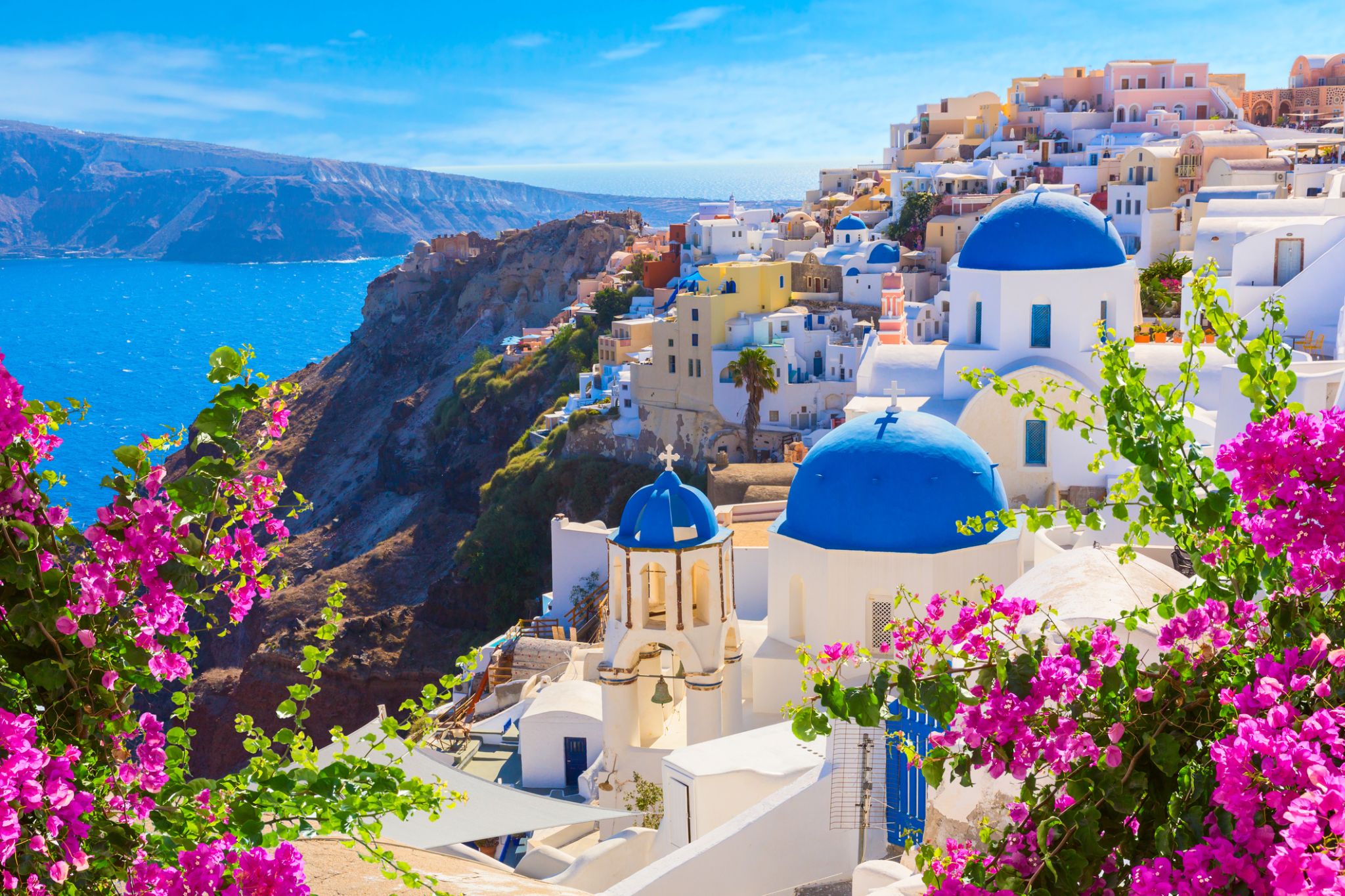 Dzień 3: 08:00-18:00
Dzień 3: 08:00-18:00Santorini, Cyklady / Grecja
Santorini, classically Thera, and officially Thira, is an island in the southern Aegean Sea, about 200 km (120 mi) southeast of Greece's mainland. It is the largest island of a small, circular archipelago, which bears the same name and is the remnant of a volcanic caldera. It forms the southernmost member of the Cyclades group of islands, with an area of approximately 73 km2 (28 sq mi) and a 2011 census population of 15,550. The municipality of Santorini includes the inhabited islands of Santorini and Therasia and the uninhabited islands of Nea Kameni, Palaia Kameni, Aspronisi, and Christiana. The total land area is 90.623 km2 (34.990 sq mi).Santorini is part of the Thira regional unit.
The island was the site of one of the largest volcanic eruptions in recorded history: the Minoan eruption(sometimes called the Thera eruption), which occurred about 3,600 years ago at the height of the Minoan civilization. The eruption left a large caldera surrounded by volcanic ash deposits hundreds of metres deep. It may have led indirectly to the collapse of the Minoan civilization on the island of Crete, 110 km (68 mi) to the south, through a gigantic tsunami. Another popular theory holds that the Thera eruption is the source of the legend of Atlantis.
It is the most active volcanic centre in the South Aegean Volcanic Arc, though what remains today is chiefly a water-filled caldera. The volcanic arc is approximately 500 km (310 mi) long and 20 to 40 km (12 to 25 mi) wide. The region first became volcanically active around 3–4 million years ago[citation needed], though volcanism on Thera began around 2 million years ago with the extrusion of dacitic lavas from vents around the Akrotiri.
-
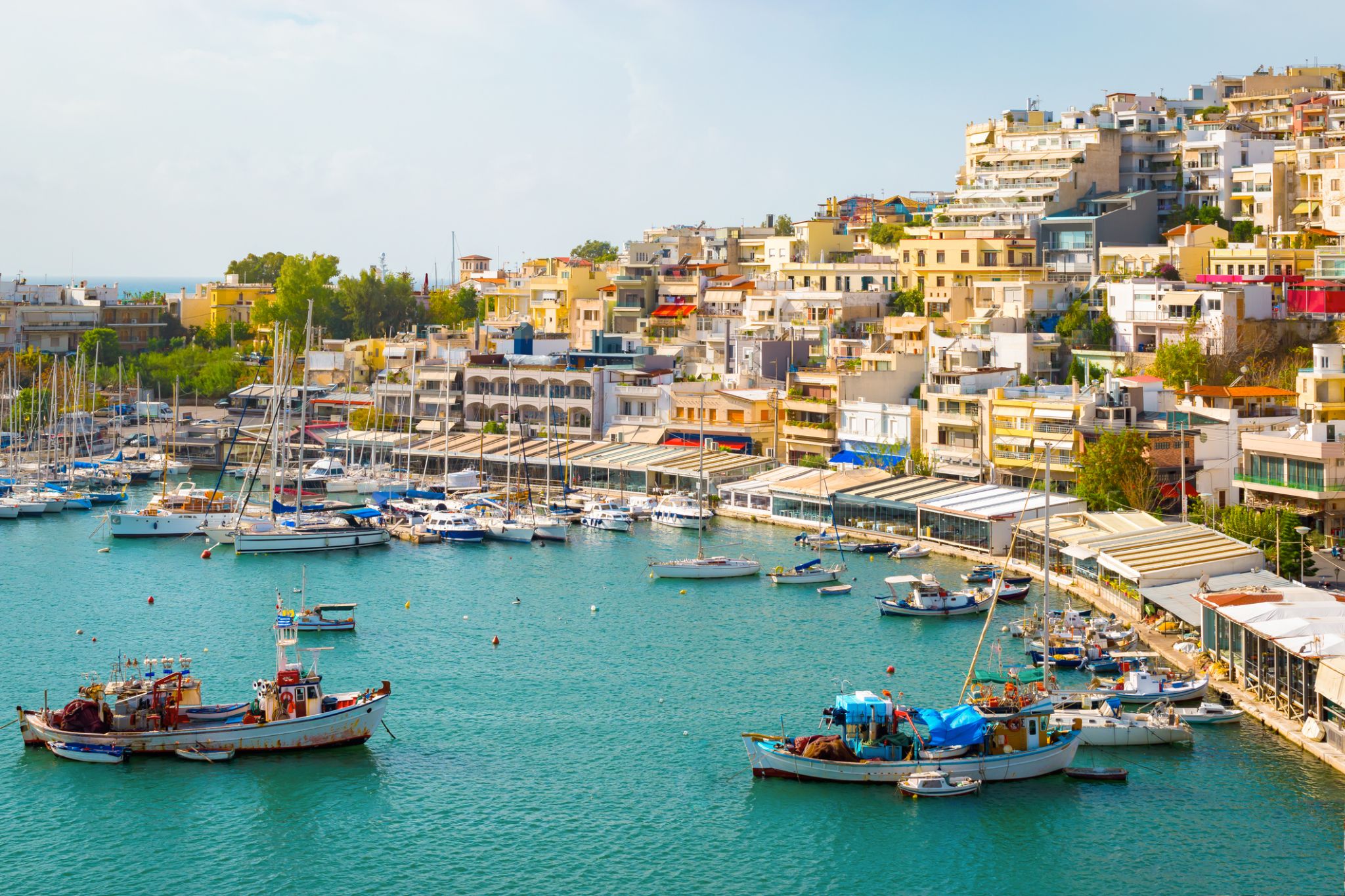 Dzień 4: 06:00
Dzień 4: 06:00Pireus (Ateny) / Grecja
Piraeus is the gateway to Athens , which, in turn, is rightfully considered the center of the centers of the whole world, with the main attraction - the acropolis. Piraeus is an old port city serving the port of Athens, the largest port in Greece to date. Piraeus is part of the great Athens, which boasts an abundance of attractions, including unique monuments of national fine art. More than two hundred museums and galleries, including the University History Museum, the Ceramics Archaeological Museum and many others, will hospitably welcome you within their walls and familiarize themselves with the culture of this area.

